Understanding Ball Float Valves
Ball float valves are essential components in managing fluid dynamics within a variety of systems. These valves, integral to controlling water levels in tanks, are commonly found in applications ranging from toilet cisterns to large-scale industrial water tanks. The mechanism operates through a ball cock, which rises and falls with the water level, prompting the valve to open or close accordingly.
Types and Applications
The versatility of ball float valves is evident in their wide range of types and applications. For instance, a ballcock valve for water tank is specifically designed to maintain the desired water level in tanks, preventing overflow and water waste. In contrast, the toilet ballcock valve is a specialized variant for sanitary systems, ensuring the cistern fills to the correct level post-flush. Industrial settings might employ a ball float valve water tank system to regulate fluid levels in large storage containers, vital for process consistency.
Features and Materials
Ball float valves are not a one-size-fits-all solution. They come in various materials, such as brass, stainless steel, and plastic, each selected for its durability and compatibility with different fluids. The toilet float ball, for example, is typically made from corrosion-resistant materials to withstand the conditions within a cistern. Similarly, a water tank with ball valve setup might use robust materials to handle outdoor conditions.
Advantages of Ball Float Valves
The primary advantage of a ball float valve lies in its simplicity and efficiency. These valves automatically adjust to changing fluid levels, ensuring stability in systems like the toilet bowl ball float. They are also low-maintenance and can be a cost-effective solution for long-term fluid control. The design of a ball valve and float system is such that it minimizes the risk of jamming or blockage, providing reliable operation over time.
Selection Considerations
When selecting a ball float valve, factors such as the size of the tank, the type of fluid, and environmental conditions must be considered. A wc ballcock may require different specifications compared to a valve used in an agricultural irrigation system. It is crucial to assess the valve's compatibility with the intended application to ensure optimal performance.
Integrating Ball Float Valves
Incorporating a ball float valve into a system requires understanding the specific needs of the application. Whether it's a ball cock in toilet repair or an upgrade to an industrial water system, choosing the right valve is key to ensuring efficient and effective fluid control. While Alibaba.com facilitates the connection between buyers and suppliers of these valves, it is advisable to consult with a professional for the best fit for your system.
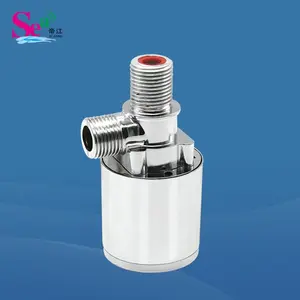
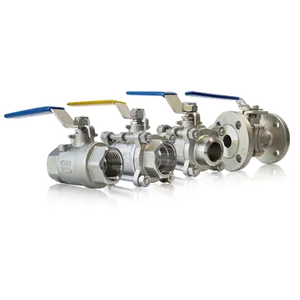





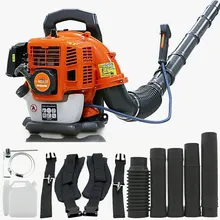




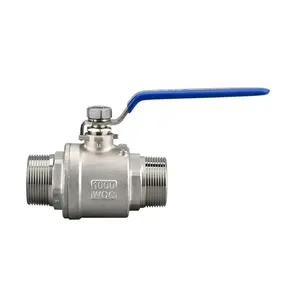




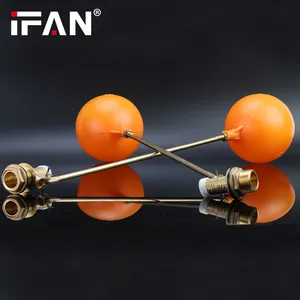
























 浙公网安备 33010002000092号
浙公网安备 33010002000092号 浙B2-20120091-4
浙B2-20120091-4